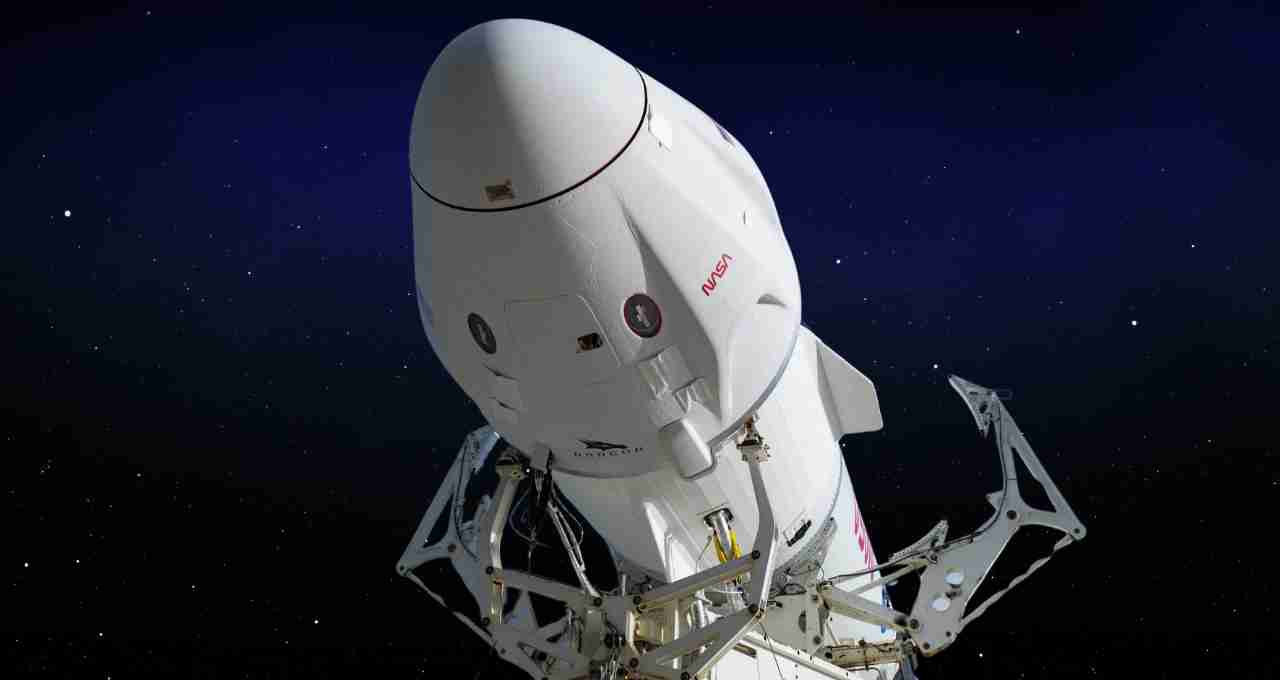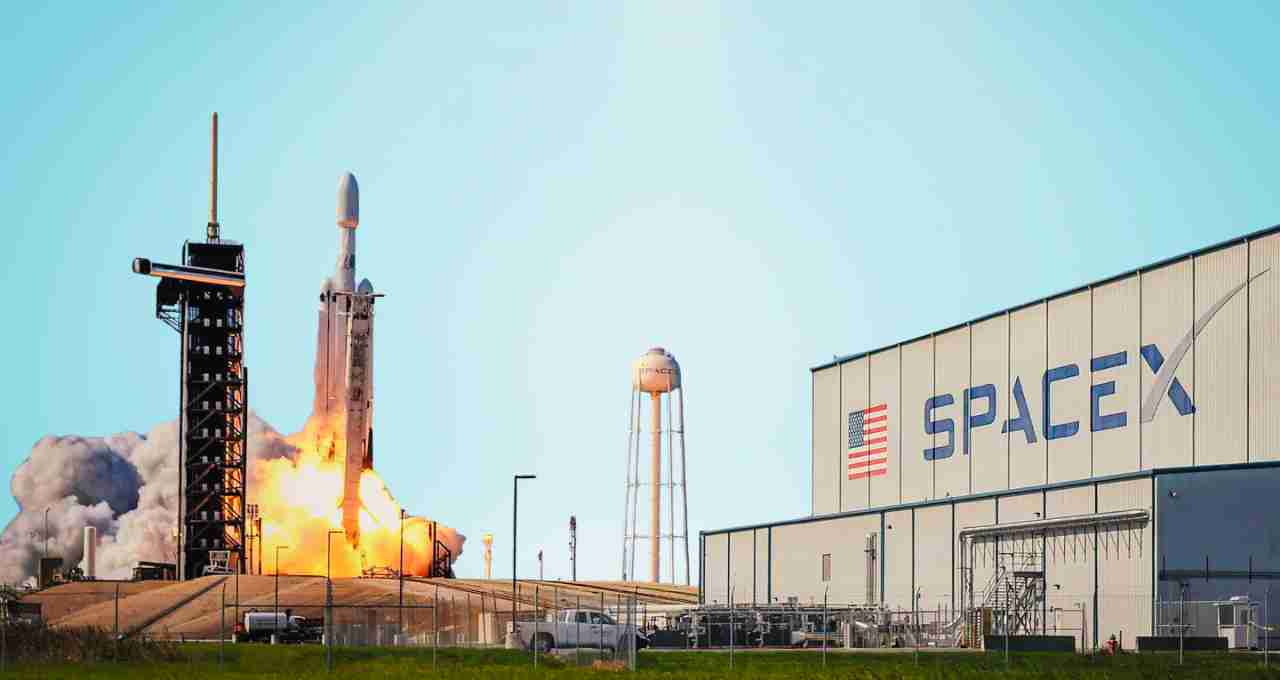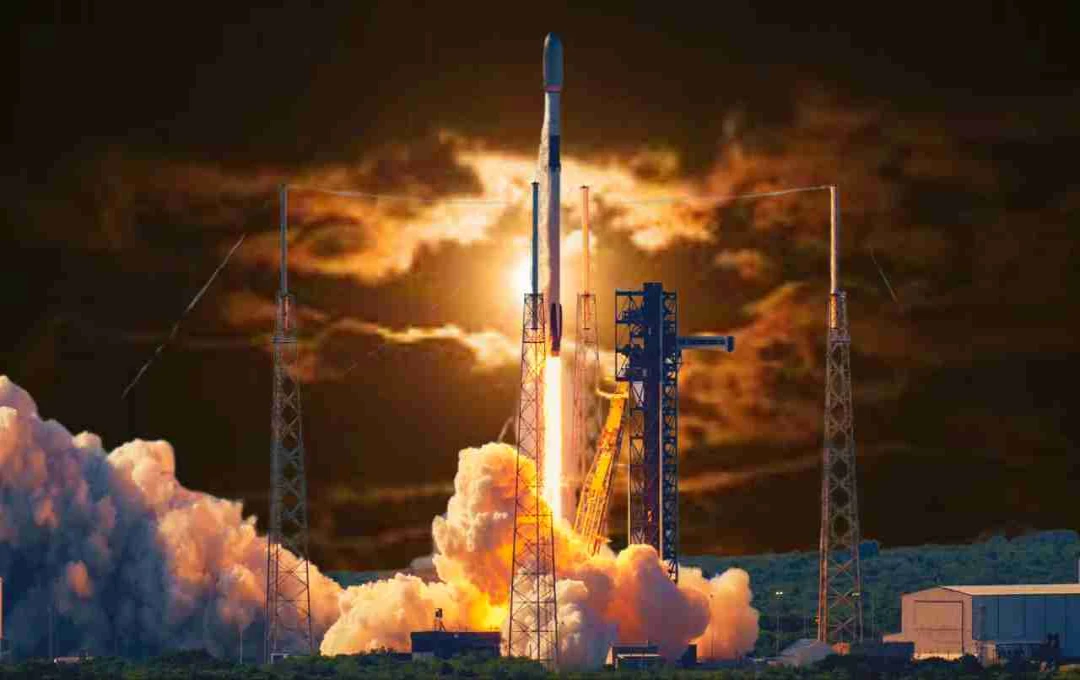On June 16th, SpaceX launched 26 Starlink satellites into low Earth orbit from California. This mission utilized a reusable Falcon 9 rocket, which successfully landed on a droneship. This launch further strengthens the Starlink network.
Starlink mission 26: SpaceX, a company revolutionizing space technology, deployed 26 new internet satellites into Low Earth Orbit (LEO) as part of its ambitious Starlink project. The launch occurred on June 16th from Vandenberg Space Force Base in California, USA. This successful mission not only advanced global internet connectivity but also showcased the efficiency of SpaceX's reusable rocket technology.
Mission Highlights
The Falcon 9 rocket carrying the Starlink satellites launched at 4:06 AM IST on June 17th. Within just 8.5 minutes of launch, all satellites reached their initial orbit. This was the third flight for the rocket booster (serial number B1093), which had previously participated in two other missions.
During its return, the booster executed a precise landing on the autonomous droneship 'Of Course I Still Love You' in the Pacific Ocean. This landing is considered another significant success for SpaceX's reusability policy, which will help reduce costs and increase mission frequency in the future.
Falcon 9 and Reusable Technology

The Falcon 9 rocket's most notable feature is its reusability. This launch also demonstrates how SpaceX continues to make its systems more efficient and cost-effective with each launch. Landing the first stage of the rocket safely and preparing it for subsequent flights is becoming a standard procedure for the company.
Expansion of the Starlink Network
SpaceX currently has over 7,760 active satellites already operational. This launch further bolsters that number. While the June 16th launch didn't carry a direct-to-cell payload, it strengthens Starlink's core network.
It's noteworthy that just a few days earlier, on June 13th, SpaceX launched the final batch of direct-to-cell service from Cape Canaveral, Florida – a revolutionary step in providing direct mobile connectivity to remote areas. The June 16th mission complements this strategy by further reinforcing the foundational satellite network.
SpaceX's Rapidly Expanding Launch Capacity

A major strength of SpaceX's launch strategy is its multi-site launch infrastructure. The company can launch rockets from both coasts of the United States – California and Florida – allowing for quicker preparation of rockets for diverse missions.
Furthermore, reusability enables the company to conduct more missions in less time, leading to a denser and more reliable expansion of the satellite network. As the number of Starlink satellites increases, users will experience higher speeds, lower latency, and improved service.
Future Direction and Potential of New Technologies
SpaceX's next focus is on Starlink V2 and the next generation of direct-to-cell service. These satellites will not only connect directly to mobile devices but also provide a new internet experience for smart devices.
Additionally, the company is working on plans to provide satellite bandwidth for custom business solutions, Internet of Things (IoT) networks, and services like remote education.














